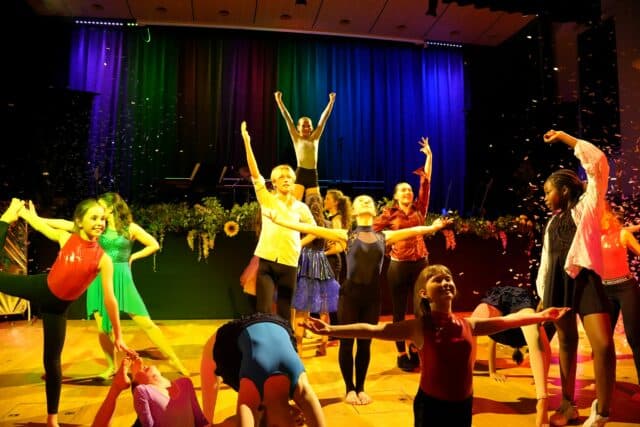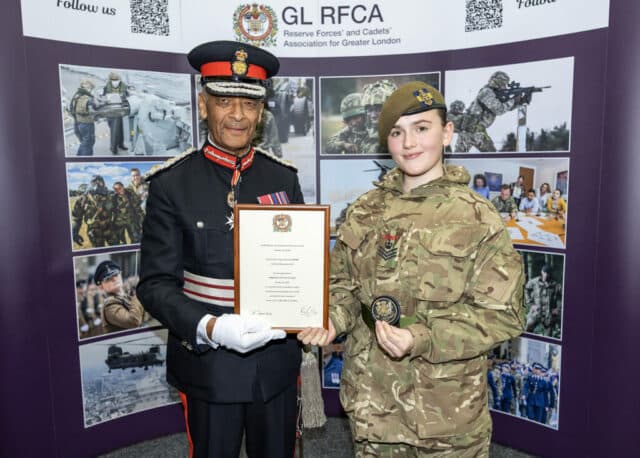At 6am on Monday 21 October, 32 Sixth Form Physics students gathered at Gatwick to head off to Geneva, Switzerland, to explore The European Organisation for Nuclear Research (CERN).
The main purpose of the visit was to enable students to see first-hand the research that is carried out every day at CERN, allowing us to gain a better understanding of the world around us.
Using the world’s largest and most expensive experiment – the Large Hadron Collider – scientists collide particles together to try to recreate the conditions millionths of a second after the big bang. This helps them to investigate the conditions and possible Quark Gluon Plasma that existed.
Since the LHC has been in operation, it has allowed scientists to confirm the fundamental particles, quarks and forces of the standard model and, in recent years, discovering the Higgs Boson and Penta-quarks.
During the day at CERN, students were able to experience a range of activities. The day began with a visit to the Microcosm and the Universe of Particles exhibitions that detail the work of the scientists at CERN, and the development in our understanding of Particle Physics. Lunch followed at the CERN restaurant, where students rubbed shoulders with the world’s leading particle Physicists and played the traditional game of guess who has a Noble Prize for Physics.
After lunch, the students were treated to a talk from one of CERN’s research PhD students on how the LHC works and the way research is carried out.
This was followed by a tour of the SM18 superconducting magnet facility to help students understand the magnitude of the experiment and see a mock-up section of the LHC.
Finally, we visited the AMS, a shard experiment between CERN and NASA, and the CERN control room to gain an understanding of how and what is being detected, enabling scientists to explore this new world of particles.
Over the course of the three-day trip, the students had the chance to take in the wonderful sights and scenery of Geneva, visiting the Jet d’Eau, the Old Quarter and a boat tour of Lake Geneva. There were further opportunities to discover the science of bowling on the first evening, won by Tinqi Wang, along with the traditional material science study of melted cheese with fondue in a traditional Swiss restaurant.
Some students even carried out their own investigation into standing waves by accompanying the Oompha band on the 5m Swiss horn; James Davies and Kartik Jain demonstrated exceptional talent.
Mr Christopher Telfer-Mason, Head of Physics, said “The trip gives students the chance to see how we can test particle and quantum physics theories using the world’s largest scientific experiment. They have seen how the concepts we teach in electrical and magnetic fields, mechanics and waves are used to try and gain an understanding of the fundamental forces and particles that exist.”
The trip was a wonderful three days and the students very much enjoyed their time in Geneva. Miss J Lawrence, Mr L Matthews, Mr M Unsworth and Mr C Telfer-Mason the Head of Physics accompanied the tourists.





